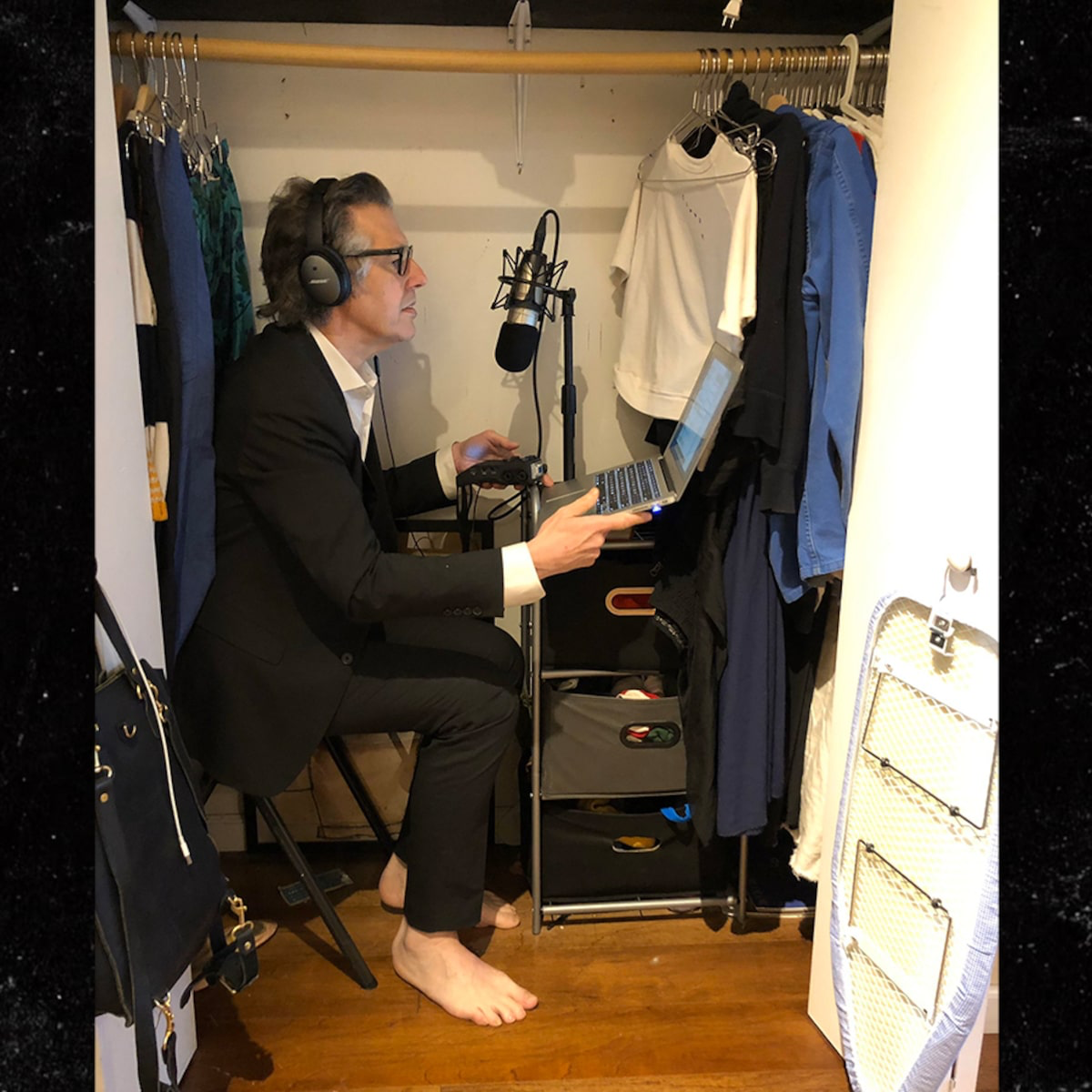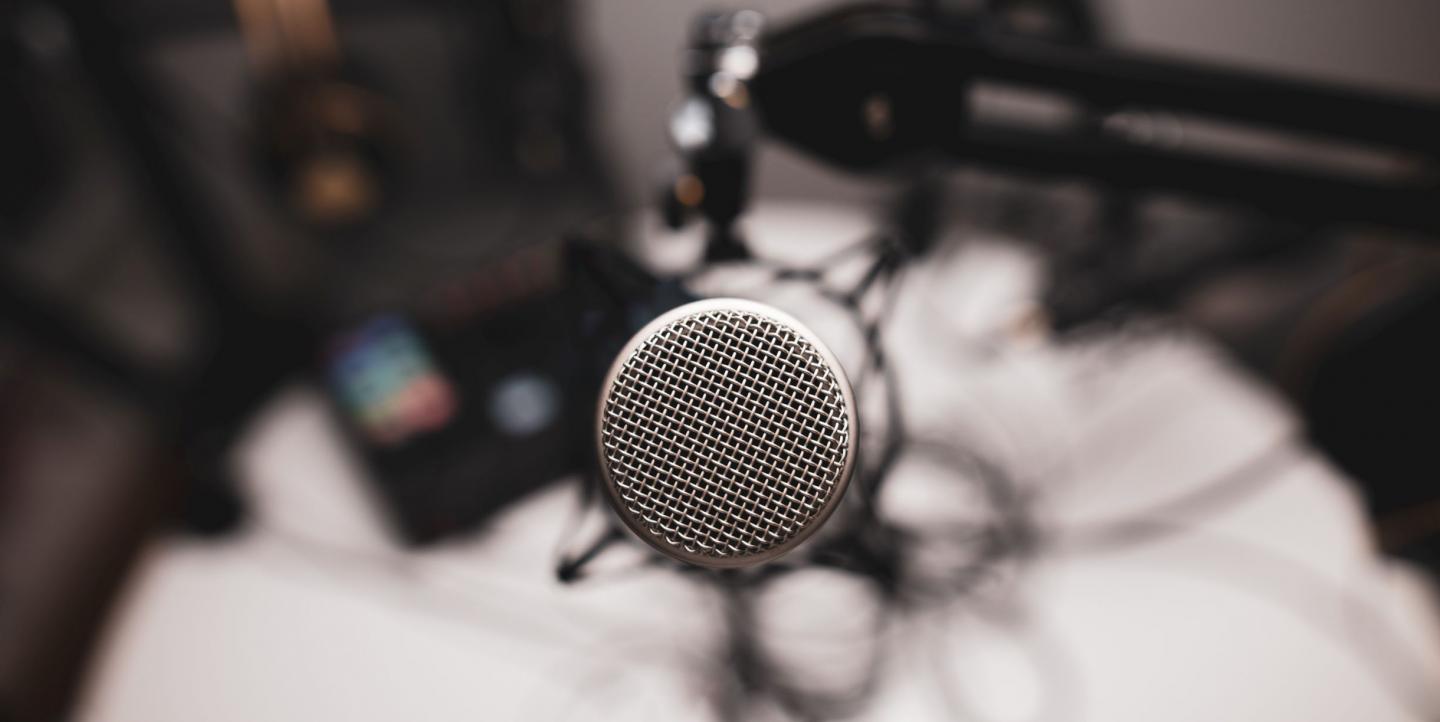With accessible technology and social tools available to anyone, media is no longer exclusive to journalists and journalism-adjacent careers. With just a few cheap — or even free — tools, anyone can create a podcast. The challenge becomes creating compelling content that the audience actually wants.
Even with a saturated market, audiences are growing. According to Edison Research, 32% of people listen to podcasts monthly, and the market for podcasts has grown 41% within one year. Podcasts can cover an array of topics, making it very easy for those who are interested to get involved.
In a recent Global Health Crisis Reporting Forum webinar, Corrine Podger, director of The Digital Skills Agency, broke down the most important elements of creating a professional podcast.
Choose a ‘thumb-stopping idea’
Before you start on the technical side, spend some time honing your podcast idea. “Think audience-first,” said Podger. Develop an idea that will get someone to stop scrolling through their feeds because they are intrigued with your concept. Podger coined this as a “thumb-stopping idea.”
Here are some questions to answer before you start:
- What is my audience interested in?
- What void do I see in podcasts?
- What makes my show different from others?
- What music, interviews and sound effects will I use?
- Who are potential sponsors or partners?
The bigger you think, the bigger the outcome will be, said Podger, and the more prepared you will be.
[Read more: Creators share tips for launching a podcast]
Research and prepare
You’ve settled on an idea, but there’s still more to do before actually recording. You should next evaluate the competition to see what they bring to the space, determining how yours will be different.
As part of your process, consider the amount of time and resources it takes to create the podcast, and determine whether or not it is feasible for you or your company. This includes planning how long the podcast will be. On average, podcasts are 25-30 minutes long, which is the average commute time in urban areas, but you and your team might select something different depending on your content and audience.
Once you’ve figured out the basics, and before you really jump into it, plan a set of trial podcasts that will bring your vision into fruition. “It might be as many as between four to six episodes,” said Podger. “You might just make one pilot and then perhaps workshop that within your newsroom and set some clear goals for it.”
Create S.M.A.R.T. (specific, measurable, achievable, realistic and time limited) goals that will give a clear evaluation on the progress of the show. And after you launch, use analytics to get feedback, including social media surveys and Google Manager.
[Read more: 9 remote interviewing tips for journalists]
Always use a microphone
Nothing is worse than having great content and not being able to hear it. To avoid this issue, invest in a microphone. There are numerous types of microphones for every situation and budget.
“When it comes to microphones, get the best one that you can afford,” Podger said. You can even use your smartphone by speaking directly into your main microphone, which is typically at the bottom of the device. This will produce sufficient audio levels.
Other options include external mics like headsets, clip mics, desk mics and more. When you're ready to upgrade the type of mic you’re using, research reliable brands that will produce quality audio.
Having great audio doesn’t stop with you. Your guest should have great audio as well. Podger recommends that if you are using a professional microphone, you should lend your guest a professional microphone to ensure that they will have the same quality.
Even with a great mic, you can lose quality by using it wrong. To ensure optimal quality from any mic, Podger recommends that the speaker should always be five inches away from the microphone. Measuring this can be done by placing both fists between the microphone and your mouth, or by placing your thumb against your lip and sticking your pinky finger out to touch the mic.
Here is an image to help:
Test the recording
You’ve settled on an idea, evaluated the competition, set realistic goals and timelines and selected a microphone. Think you’re ready to hit “record?” Not just yet.
You must prepare the actual content. Draft a script that includes the intro and outro, interviews, transitions and music. When writing, be conversational, which will allow the podcast to feel personal to the audience.
It is imperative that you do a test recording before the final, said Podger. Test your audio to make sure you and your guests are heard and that there aren’t any weird noises in the background. It is also important to test the script you created.
When recording at home, the best place to record is an enclosed space with carpet sound or a closet, as soft items will help repel sound.

There are a plethora of recording apps and tools, which can make the choice overwhelming. Both Skype and Zoom are great tools that provide recordings and transcripts automatically. Having a place for these recordings will make it easier to access them in the future to find direct quotes or clarification about a topic. And always be sure to save your recording in multiple places so you always have a back up.
Now, you’re ready to record.
Naomi Ludlow is an intern with IJNet.

